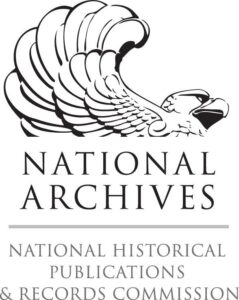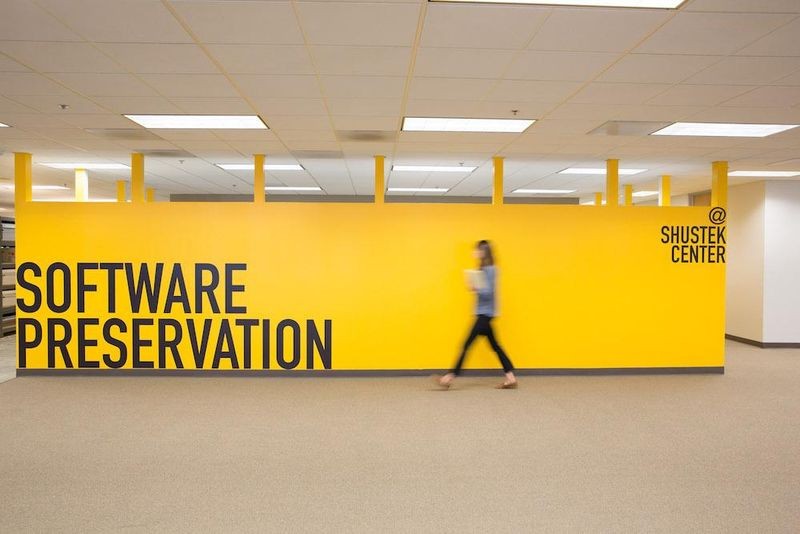

The Computer History Museum (CHM) has received a National Historical Publications and Records Commission: Access to Historical Records grant to process material related to software history. This grant would not be possible without the expertise of Senior Curator Dag Spicer and Center for Software History Director David C. Brock.
From supercomputers to smartphones, software tells a computer how to accomplish a task in simple steps. In the seven decades since computers ran the earliest software, the lives of people everywhere have been shaped by its effects. However, software is more than code. It is created by people; their stories are software history.
The collections in CHM’s Software History Processing Project (SHiPP) represent a deep and broad resource for understanding software’s impact on society. From the 1953 development of the first successful high-level programming language FORTRAN, to the individuals advancing internet search algorithms before Google, to the marketing of software to consumers, SHiPP has the potential to reveal the profound ways software makers and users have helped shape the world we live in. Access to these collections will reveal the transformative effects of software, providing historians with the essential resources to explore its impact on people’s lives, its makers and users, and its technical development.
Over the course of 18 months, SHiPP will process and make publicly available 12 of the Museum’s most historically valuable software collections. The collections detail software’s transformative history and impact around the world through executable code and digital files, personal papers of pioneering software makers, and records of user groups and companies that designed and marketed software products. Types of material include meeting minutes, correspondence, memoranda, business plans, notebooks, personal research, marketing material, user group newsletters, and still images. Software materials include business and word processing programs, games, educational and graphics programs, and shareware. At the project’s completion 12 finding aids will be posted to CHM’s online catalog and the Online Archive of California, and each collection will have a collection-level record in WorldCat. Ten percent of the manuscript material and commercially packaged software boxes will be scanned and posted to CHM’s online catalog.
SHiPP includes a wide-range of collections that collectively document how software touches our lives:

In 2015 CHM received a grant from the Bill and Melinda Gates Foundation to preserve and present the story of software. As part of this grant, CHM established the Center for Software History. Seen here is the center's software preservation lab at the Museum’s offsite storage and research facility, the Shustek Center. The Center for Software History is dedicated to software access, preservation, interpretation, and research. SHiPP will be a major step forward in advancing CHM’s efforts to provide greater access to historic software. Like any other archival collection at CHM, each piece of software is cataloged. Then, the software is read and its digital surrogate preserved by deposit into the Museum’s digital repository.
One grant-funded project archivist and a team of CHM volunteers will process 400 linear feet of documentation and software dated between 1943 and 2016, with the bulk of material from 1975 through 2000. The collections total approximately 294 linear feet of organizational records and personal papers and 101 linear feet of software, representing approximately 10,500 individual software items.
The grant award totals $99,528 and CHM is contributing a cost share of $81,325 in existing resources, bringing the total project budget to $180,853. Work began on SHiPP October 1, 2018, and will continue through March 2020. CHM’s project was one of only 13 proposals selected from a pool of 39 applicants.